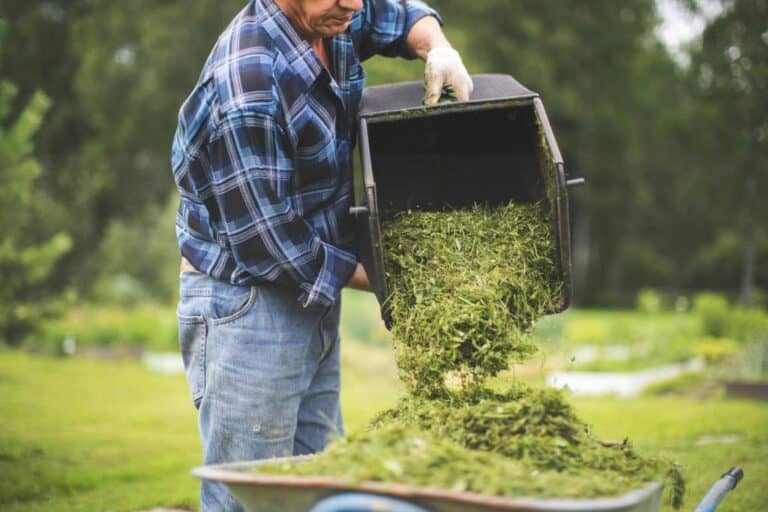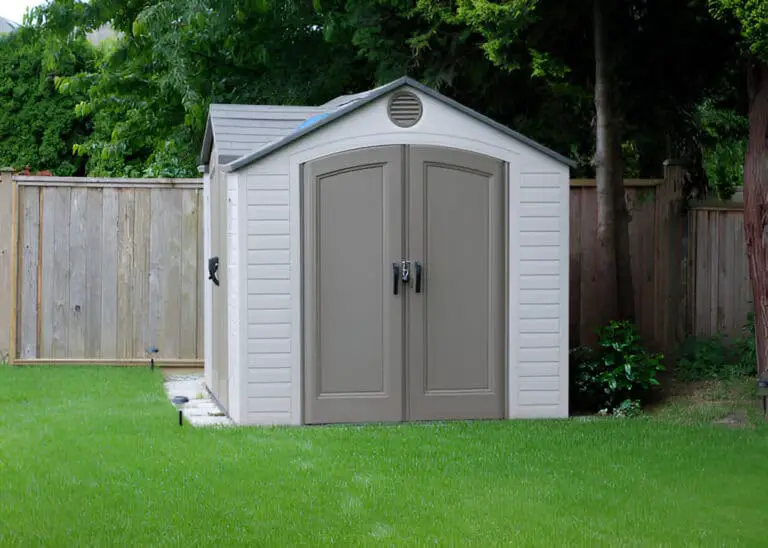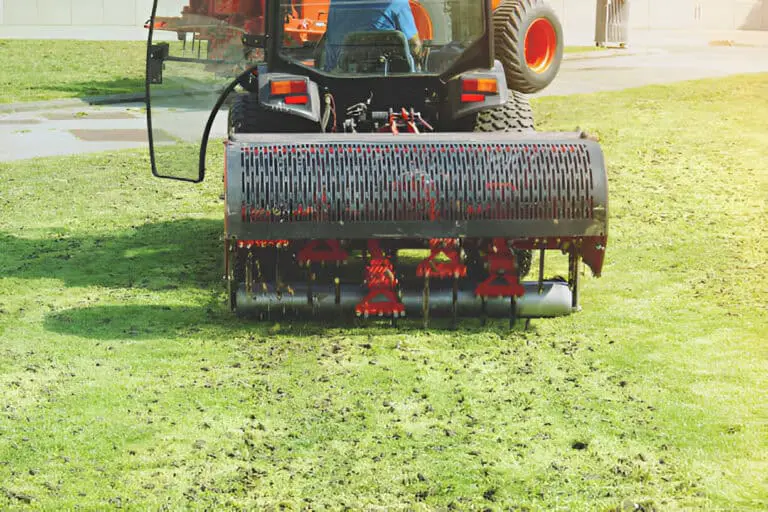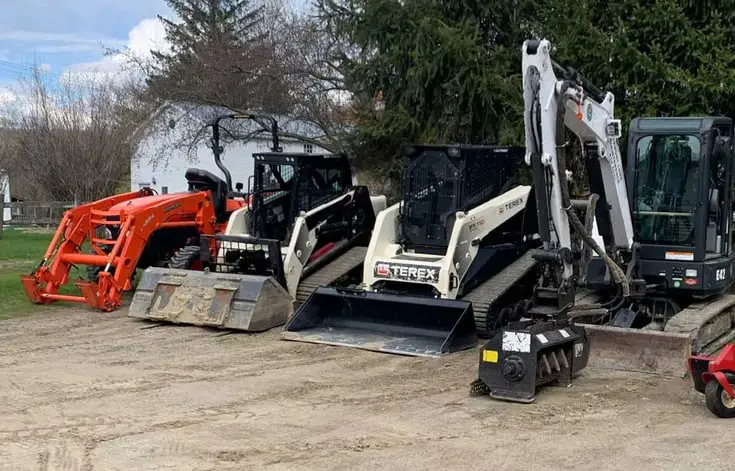What’s the Perfect Pitch for a Shed Roof? From Flat to Steep

When I first decided to build a backyard shed, I got caught up in all the fun stuff—choosing the size, picking out materials, and debating whether I should paint it barn red or soft gray.
Like many DIYers, I thought the roof was just a finishing touch. But the deeper I got into the build, the more I realized there was one crucial detail I’d completely overlooked: the pitch of the roof. And let me tell you—getting that angle right is not just about looks. It’s about whether your shed can stand up to wind, rain, and even snow without falling apart.
So here’s the real question: Have you thought about how the slope of your shed’s roof could make or break the whole structure? A flat pitch might collect water like a kiddie pool, while an overly steep one can make building harder and more expensive. There’s a sweet spot in the middle—and finding it is easier than you might think.
In this post, I’m going to walk you through exactly how to find the perfect pitch for your shed roof. You’ll learn what factors matter most, how climate plays a role, and even how to calculate pitch the simple way. By the end, you’ll be ready to build a shed that’s not only good-looking but built to last.
What Is Roof Pitch and Why Does It Matter?
Roof pitch refers to the steepness or slope of a roof. It’s expressed as a ratio of the vertical rise to the horizontal run. For example, a 4:12 pitch means that for every 12 inches of horizontal run, the roof rises 4 inches.
Why Is Pitch Important?
- Water and Snow Runoff: A steeper pitch helps rain and snow slide off instead of pooling and causing damage.
- Wind Resistance: A roof that’s too steep can catch strong winds, while one that’s too flat might not shed wind effectively.
- Aesthetics: The pitch affects how your shed looks—low slopes give a modern vibe, while steep pitches create a classic barn-style.
- Material Suitability: Some materials, like shingles, need a steeper pitch, while others, like metal roofing, work well on lower slopes.
How to Measure Roof Pitch
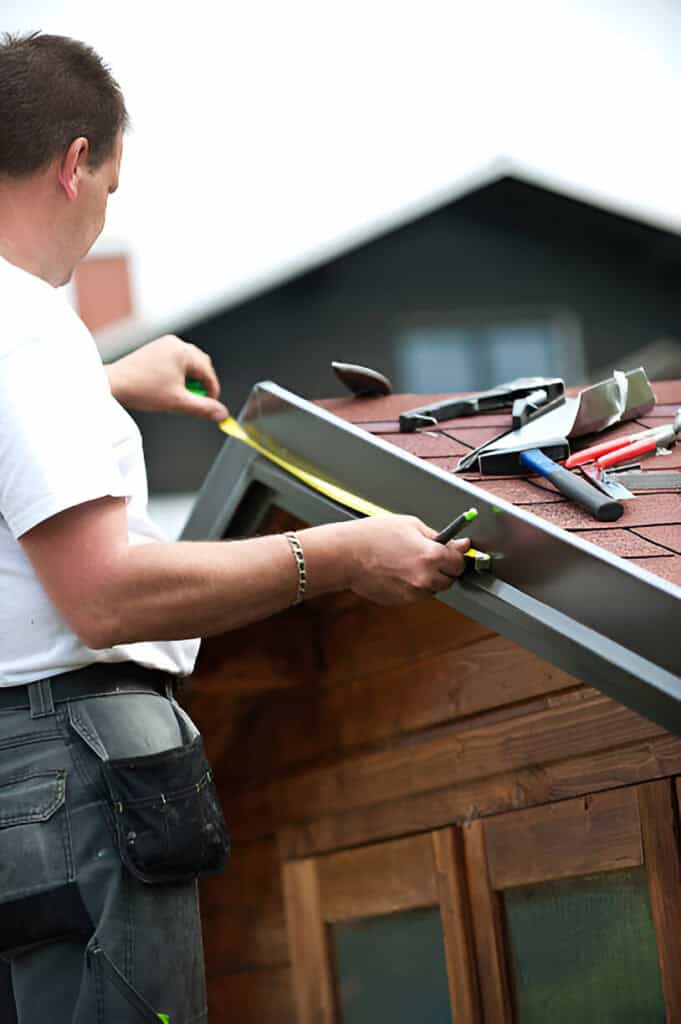
Before choosing the perfect pitch, you need to understand how to measure it. Here’s a simple way:
- Place a level horizontally across the roof.
- Measure 12 inches along the level from one end.
- From that 12-inch mark, measure straight down to the roof surface—this gives you the rise.
- Your pitch is then expressed as rise:12 (e.g., a 6-inch rise means a 6:12 pitch).
| Pitch Ratio | Angle (Degrees) | Common Uses |
| 1:12 – 3:12 | 5° – 14° | Low-slope roofs, sheds in dry areas |
| 4:12 – 6:12 | 18° – 26° | Standard shed roofs, good for most climates |
| 7:12 – 12:12 | 30° – 45° | Steep-pitched sheds, heavy snow regions |
Choosing the Right Shed Roof Pitch for Your Climate
Not all sheds need the same roof pitch. Your climate plays a huge role in determining the best slope.
1. Rainy Climates: Shed Water Like a Pro
- Ideal Pitch: 6:12 or higher
- Steeper roofs let rain roll off quickly, preventing leaks and rot.
- Consider asphalt shingles or metal roofing for added protection.
2. Snowy Climates: Don’t Let It Weigh You Down
- Ideal Pitch: 8:12 or more
- Heavy snow can collapse a weak roof. A steeper pitch helps shed snow before it piles up.
- Reinforce with strong rafters and use durable materials like metal or thick shingles.
3. Windy Areas: Stay Grounded
- Ideal Pitch: 4:12 – 6:12
- Too steep, and strong winds could lift the roof; too flat, and gusts can create pressure underneath.
- Use secure fasteners to the ground and quality roofing materials to prevent wind damage.
4. Hot and Dry Climates: Beat the Heat
- Ideal Pitch: 3:12 – 5:12
- Lower slopes prevent excessive heat buildup.
- Metal or reflective roofing materials work best to keep temperatures down.
Comparing Shed Roof Types and Their Ideal Pitches
The type of shed roof you choose affects the required pitch. Let’s compare some popular styles.
| Roof Type | Recommended Pitch | Pros | Cons |
| Flat Roof | 1:12 – 2:12 | Easy to build, modern look | Poor drainage, not ideal for wet climates |
| Gable Roof | 4:12 – 8:12 | Classic style, great runoff | Requires more materials |
| Gambrel Roof | 6:12 – 10:12 | Maximizes loft space, sheds snow well | More complex to build |
| Saltbox Roof | 5:12 – 7:12 | Unique aesthetic, wind-resistant | Harder to frame |
How to Determine the Best Pitch for Your Shed
Now that we know the factors, let’s narrow down the perfect pitch for your specific shed.
Step 1: Identify Your Climate
- Lots of rain? Go steeper (6:12 or higher).
- Snow-heavy region? Opt for at least 8:12.
- Windy? Stick to a balanced 4:12 – 6:12.
- Hot and dry? A lower 3:12 – 5:12 works well.
Step 2: Consider Your Roofing Material
| Material | Ideal Pitch |
| Asphalt Shingles | 4:12 – 12:12 |
| Metal Roofing | 1:12 – 12:12 |
| EPDM Rubber | 1:12 – 3:12 |
| Wood Shingles | 5:12 – 12:12 |
Step 3: Think About Storage Needs
- Need a loft? Opt for a gambrel or steep gable roof (7:12 or more).
- Just need basic coverage? A 4:12 – 6:12 gable roof works fine.
- Want a modern, low-profile look? A flat or low-slope (1:12 – 3:12) design fits the bill.
FAQs on Perfect Pitch for a Shed Roof
1. Can I use a flat roof slope for my shed in a rainy climate?
A flat roof slope for a shed isn’t ideal in wet climates. Without a proper rainwater drainage pitch, water can pool and cause leaks or damage over time. Even a slight slope—like 2/12—improves runoff and extends your shed’s lifespan.
2. What’s the easiest way to calculate the right shed roof pitch?
Using a pitch calculator for shed roofs is the fastest and most accurate method. Just plug in your rise and run measurements, and it’ll show the ideal shed roof angle for your structure and location.
3. Does the shed roof angle affect interior space?
Yes, the steeper the shed roof angle, the more vertical space you’ll have inside. If you’re planning overhead storage or a loft, a higher roof slope for the shed can be a smart design choice.
4. What pitch is best for snow-heavy areas?
In snowy regions, an ideal shed roof angle is 6/12 or steeper. A higher rainwater drainage pitch helps prevent snow buildup and reduces pressure on the roof structure.
5. Are there design tips for balancing looks and function in roof pitch?
Absolutely! One of the best shed roof design tips is to match pitch with purpose. A 4/12 pitch offers a classic look and solid water runoff, while steeper slopes suit tall sheds or stylish cabins. Always check your local codes too.
Final Thoughts: Picking the Perfect Pitch
Choosing the right pitch isn’t just about looks—it’s about keeping your shed functional, weather-resistant, and long-lasting. A 4:12 to 6:12 pitch is the sweet spot for most backyard sheds, but if you live in a wet or snowy climate, going steeper can save you headaches down the road.
Key Takeaways:
✅ 4:12 – 6:12 is ideal for most backyard sheds.
✅ 8:12 or higher works best for heavy snow loads.
✅ 1:12 – 3:12 suits modern designs and dry climates.
✅ Match your pitch to your roofing material for durability.
Now that you know how to choose the perfect pitch, your shed will be built to last—come rain, wind, or snow! 🚀

